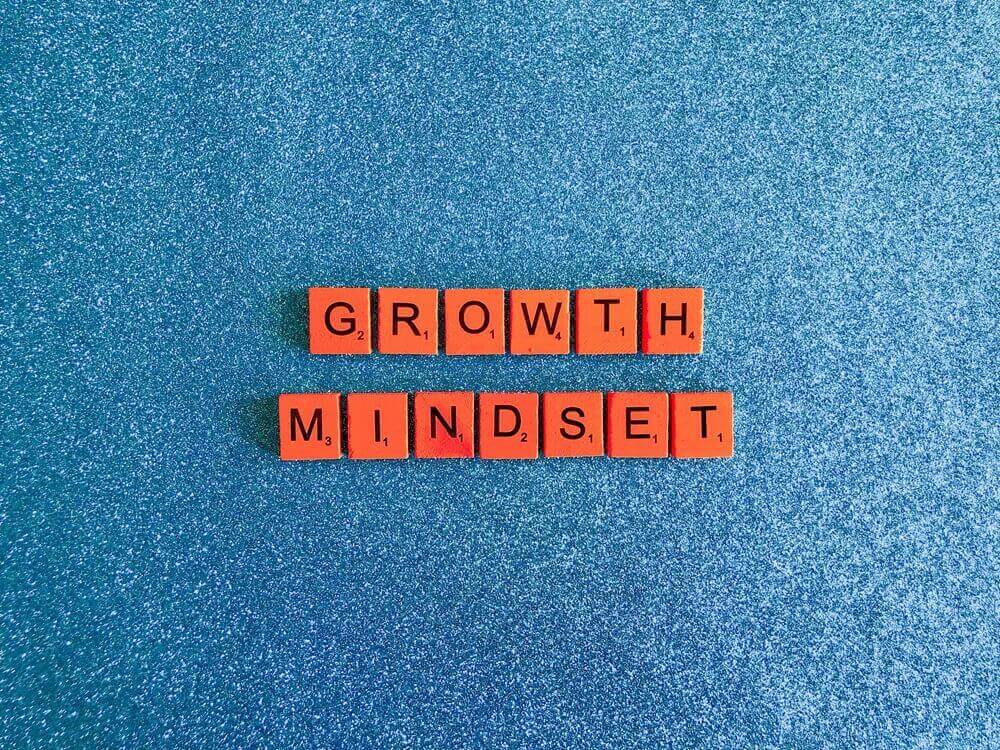For many people, there can come a point when developing a new skill feels fruitless, as if abilities plateau no matter how much effort is put in. It’s easy to hit a wall with something like learning an instrument, speaking a new language, or grasping advanced mathematical concepts.
In those moments, it seems talent and intelligence around certain topics are finite—and maybe some folks just lack a natural aptitude.

However, modern research shows that adopting this fixed mindset severely hinders growth. The belief that someone’s basic abilities and talents are statically determined at birth or an early age creates an unnecessary barrier.
It triggers a helpless resignation in the face of challenges and fosters a tendency to avoid anything difficult or uncomfortable.
But when people instead embrace a growth mindset, their entire outlook shifts. This means viewing talents, intelligence, and abilities as fluid processes that can systematically develop over time with the right strategies. With dedicated effort, anyone can achieve remarkable self-improvement.
So far, many people have shown the incredible power that mindsets hold in shaping outcomes. Yet, so many individuals need help with how having a growth mindset can improve their lives.
In this article, we will learn more about the benefits of adopting a growth mindset and how to develop it.

Understanding Fixed vs. Growth Mindsets
According to research by Psychologist Carol Dweck, Mindsets fall on a spectrum between fixed and growth orientations. And you might be wondering what the difference is between a fixed mindset and a growth mindset.
Well, those with a fixed mindset believe that people are born with innate, unchanging levels of intelligence and talent. Since they see these qualities as predetermined, they strive to prove themselves by seeking flawless performance.
On the other hand, people with a growth mindset understand that no matter where they start, abilities can be strengthened significantly over time through hard work. Their goal is to learn rather than constantly prove their competence.
Carol further found that people thrive when they believe who they are and what they can accomplish is an ongoing work in progress, not something predetermined.
This growth mindset shifts folks from having to prove themselves to stretching themselves through learning. And that process of overcoming challenges breeds increasing mastery over time.

The Many Benefits of a Growth Mindset
Cultivating a growth mindset unlocks many advantages both in the short and long term. From greater resilience in the face of setbacks to higher overall achievement, people thrive when they believe in their capacity to learn and improve. Let’s take a look at the benefits.
Increased Motivation and Resilience
Because people with a growth mindset hold the view that they can expand their abilities with application, they have greater motivation to meet challenges that foster skill advancement.
Their perceived malleability of intelligence and talent leads them to bounce back well from failures or poor performance since these are seen as temporary rather than permanent deficits.

Openness to Learning and Challenges
Individuals with growth mindsets actively seek opportunities to learn and improve rather than worrying about always appearing smart or talented.
Their need to gain more mastery makes them eager to take on challenges that stretch their current competence. Rather than seeing tough tasks as threatening, they interpret difficulty as a chance to progress via effort.
Higher Achievement Over Time
Longitudinal research clearly shows that people with growth mindsets outperform their fixed-mindset peers on various measures of achievement over time.
For example, adolescent students endorsing growth beliefs went on to earn higher GPAs in challenging math courses. Accounting for past comparable achievement, those with growth views progress at steeper trajectories because they confront, rather than retreat from, impediments to improvement.
How to Cultivate a Growth Mindset in Yourself
We aren’t strictly doomed to fixed beliefs or blessed with growth views about ability. Mindsets lie along a continuum, which means people can adopt more of a growth orientation. Through intentional effort, greater openness to failure, and a focus on process over outcome, individuals can reap the many rewards of moving toward a growth mindset.

Be Aware of Your Inner Dialogue
Tune into the internal narrative running through your mind in various situations. Do you hear fixed statements like “I’m just not athletic” or growth thoughts like “With time and practice, I can become more coordinated”? Once aware of limiting fixed self-talk, purposefully adjust your inner voice.
View Setbacks as Learning Opportunities
Rather than getting demoralized by failures or poor performance, proactively shift your perspective to value them as informative stepping stones. Reflect on what you can amend going forward and remember that everyone—even top achievers—requires extensive learning processes to realize meaningful growth.

Try New Strategies when Stuck
If you feel yourself plateauing in your skill development, react to the frustration as a cue you may need novel strategies—not as a sign you’ve reached the pinnacle of your potential. Seek input from others who have been where you are. Continued effort and an openness to explore multiple, ever-better avenues for growth drive progress.
Conclusion
Ultimately, adopting a growth mindset allows for infinitely reimagining what is possible. With dedication and grit, abilities can always stretch higher, no matter how insurmountable the present challenge seems.
People unconsciously limit themselves by disconnecting happiness from the intrinsic rewards of perseverance. But in continually seeking progress, embracing effort, and viewing talent as unlimited, spectacular personal growth becomes achievable for us all.
If you liked this post, leave us a comment on what you think about the importance of a growth mindset!
References
- Haimovitz, K., & Dweck, C. S. (2017). The origins of children’s growth and fixed mindsets: New research and a new proposal. Child Development, 88(6), 1849-1859.
- Yeager, D. S., Romero, C., Paunesku, D., Hulleman, C. S., Schneider, B., Hinojosa, C., Lee, H. Y., O’Brien, J., Flint, K., Roberts, A., Trott, J., Greene, D., Walton, G. M., & Dweck, C. S. (2016). Using design thinking to improve psychological interventions: The case of growth mindset during the transition to high school. Journal of Educational Psychology, 108(3), 374–391.







